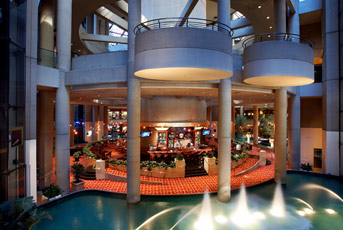Toward a dynamics of experience
One approach to the study and criticism of video games emphasizes the experiential aspect of action / interaction. Occasionally this approach is applied with a rigor that reveals the functionally identical nature of concepts that we tend to understand as separate, sometimes apposite and others opposite: concepts such as space, and time, and action. Colliding and distilling such concepts can be hugely beneficial. Still, there is a problem with an experiential emphasis in video games: the unavoidable engagement of one of the field’s most heavily-loaded and broadly-used terms, immersion.

I tend to avoid discussion of immersion wholesale. It is simply too complicated a topic to treat lightly, one with various stakeholders who reasonably occupy positions that inevitably complicate each other. It is also generally understood to be, conceptually, of core importance to video games. So although my preference is to discourage discussion by withholding recognition, I must admit that this position is wholly indefensible. So something must be done.
I came across the following today while re-reading The Cultural Turn for a project unrelated to video games. In reference to the design of the Westin Bonaventure Hotel in Los Angeles, Jameson writes:
I am tempted to say that such space makes it impossible for us to use the language of volume or volumes any longer, since these last are impossible to seize. Hanging streamers indeed suffuse this empty space in such a way as to distract systematically and deliberately from whatever form it might be supposed to have; while a constant busyness gives the feeling that emptiness is here absolutely packed, that it is an element within which you yourself are immersed, without any of that distance that formerly enabled the perception of perspective or volume. You are in this hyperspace up to your eyes and your body; and if it seemed to you before that the suppression of depth observable in postmodern painting or literature would necessarily be difficult to achieve in architecture itself, perhaps you may now be willing to see this bewildering immersion as its formal equivalent in the new medium. (14, in the 2009 edition)

We can understand Jameson’s astute observations as not so much about a building, but about the idea of place as an elementary composite resulting from the collision of space, time, and action. This collision originates in the object but occurs in the subject. Because the subject is not the site of manufacture but is the site of assembly, the three elements are functionally inseparable.
The result of this functional inseparability, of the assembly of place within the subject, is immersion.
If you’ll permit the crime of wanton recontextualization, I’ll add that I think that the above quote says much more about video games than it does brick-and-mortar buildings. What do you think?


